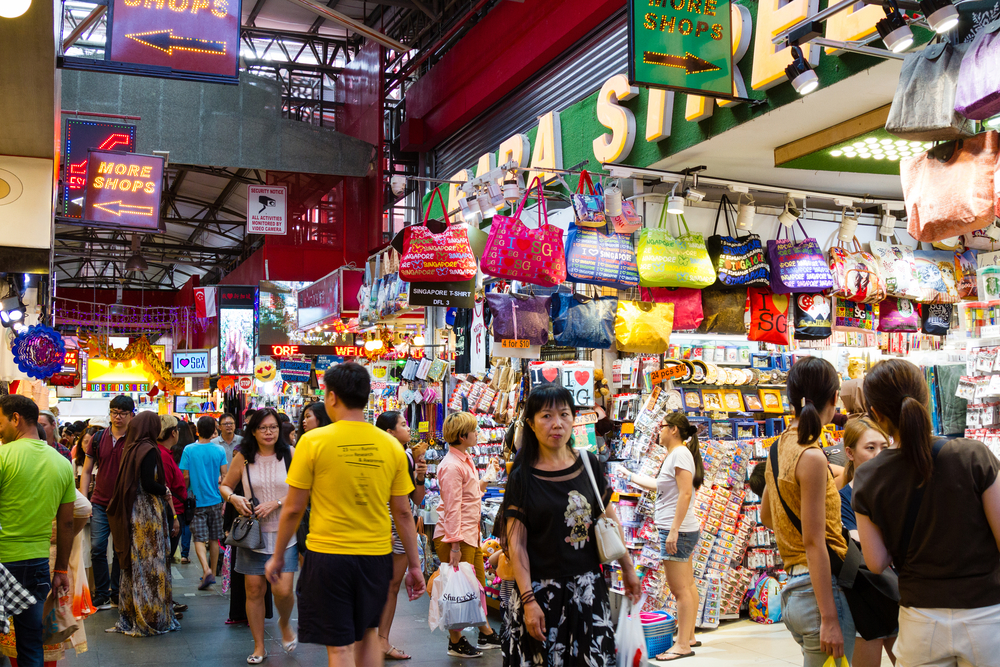Singapore Inflation Hits A 7-Year High In April
As elsewhere, high inflation in Singapore is likely to be transitory. The second wave of the COVID-19 pandemic has begun to depress demand. There is no change in our view that the Monetary Authority of Singapore will maintain its neutral policy stance throughout 2021.

Source: Shutterstock
April inflation spikes to 2.1%
Singapore’s CPI inflation accelerated to 2.1% year-on-year in April from 1.3% in March, ahead of our 1.9% forecast for the month. This was the highest reading since mid-2014. However, core inflation ticked up only slightly to 0.6% YoY from 0.5% - signalling muted underlying inflation pressure.
Indeed, the low base effect was at work in pushing total inflation higher in the last month. But that’s not all. The quarterly adjustment of electricity tariffs, this time an 8.6% hike for the current quarter, and rising private transport costs due to higher car CoE (Certificate of Entitlement) and gasoline prices also contributed to April’s inflation spike.
As a result of the electricity tariff hike, the year-on-year fall in utility prices slowed to -2.3% YoY from -6.3% in March. But the quarterly S&CC (Services & Conservancy Charges) rebate for public housing partly offset the impact of higher utility prices on the housing cost. The net result was a swing in the housing component of inflation to +0.5% YoY in April from -0.2% in March.
Inflation in the transport component jumped to 9.7% YoY, from 5.7%. Among other key CPI components, food eased slightly to 0.9% YoY from 1.0% and clothing posted a smaller fall - down 4.1% YoY after being down 4.9% in March.
Nothing significant for monetary policy
As elsewhere, rising inflation in Singapore is likely to be a transitory phenomenon, while the second wave of the COVID-19 pandemic has also begun to depress demand.
We expect inflation to hover around 2% through August until the low base effect runs its course, and then ease towards 1.5% by the end of the year. We revise our 2021 forecast from 1.3% to 1.5%, putting it at the top end of the Monetary Authority of Singapore’s (MAS) 0.5% to 1.5% forecast range for this year. Our forecast for core inflation is 0.7% (MAS 0% to 1.0%). We see the risks to these forecasts as tilted on the downside, especially as weak demand due to the resurgent pandemic outweighs supply shocks such as administrative hikes in utility prices or supply chain disruptions.
There is also little that monetary policy can do about supply-side inflation shocks. Greater policy accommodation is the order of the day, with tighter pandemic-driven restrictions on movement hitting growth prospects. While fiscal policy will continue to bear the onus of supporting growth, a stable MAS monetary policy stance remains our baseline for the rest of this year.
Consistent with the MAS’s neutral policy stance, S$-NEER remains steady near the mid-point of the estimated policy band. Our end-year USD/SGD forecast of 1.31 stands.
Disclaimer: This publication has been prepared by the Economic and Financial Analysis Division of ING Bank N.V. (“ING”) solely for information purposes without regard to any ...
more


